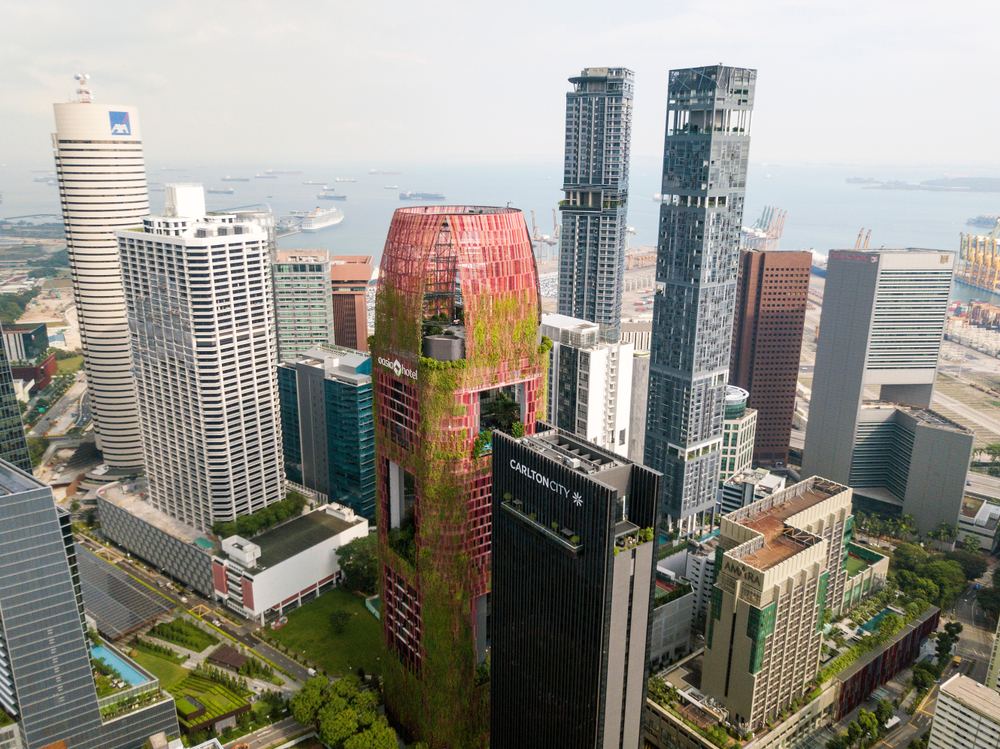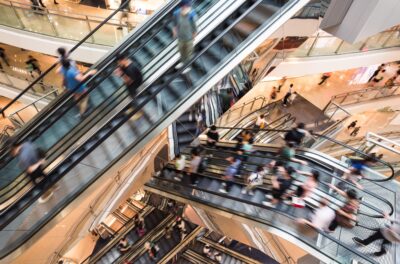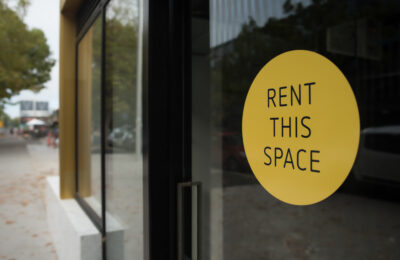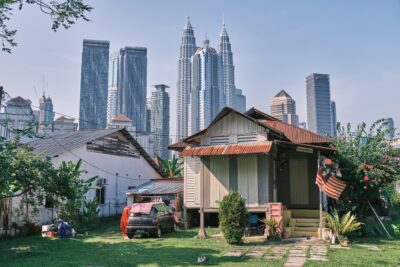Green walls rise with Asia’s skyscrapers
Greener urban environments can bring a surfeit of health and wellbeing benefits to cities—but realising them requires tighter legislation

Mankind has a desire to be associated very closely with nature at all times, according to Professor Philip Cox, principal of the Australian firm COX Architecture, which has designed many of Singapore’s landmark public projects, including the Helix Bridge and the Marina Bay Waterfront Promenade. “There are very few people who are not entranced by nature and the diversity of botany in the world.”
But nature, when it comes to high-density urban environments, does not generate conventional revenue streams. That’s why the future of green development in Asia must be driven by governmental legislation dictating both incentives and penalties for developers willing to invest in green footprints.
There are positive signs. “I applaud Singapore’s Smart Nation initiatives which include green building certifications for 80 percent of its existing buildings. Very impressive targets,” says Cha, whose sentiments Dierckxsens echoes. “A good example is the Oasia Hotel in the heart of Singapore’s dense CDB,” the latter points out.
Oasia, opened in 2016, uses extensive landscaping to achieve an overall green plot ratio of 1,100 percent, meaning the hotel introduces over 10 times more plant life into its environment than the building plot ratio itself. The openness of the tower allows breezes to pass through the building for good cross-ventilation. “Because of this, the spaces situated within the building function as comfortable and tropical spaces with greenery, natural light, and fresh air instead of enclosed, internalised air-conditioned spaces,” relates Dierckxsens, adding, “The building received some major attention during the IFLA (International Federation of Landscape Architects) and SILA (Singapore Institute of Landscape Architects) congress in Singapore last year.”
More: Meet the sustainability guru pushing Asia’s green building agenda
Also in Singapore, vertical green walls are showing how urban skyscrapers can provide optimal, natural living conditions for plants with minimal maintenance. Ann Teo, founder of COEN Design International, is the landscape architect behind Tree House, a condominium project which holds the Guinness World Record for having the tallest vertical green wall in the world—a vast, 78-metre slip of plant life that ascends up the building’s west-facing wall. It’s a feature that not just aesthetically pleases but also, according to its designer, is incredibly efficient.
“Green walls never radiate heat; they keep what’s behind them very cool,” says Teo. “You can use landscaping like this to breathe in the heat on the side of the building where it matters most. The rooms behind the green wall are not as hot because they do not collect or radiate heat. It’s like putting on a jacket that protects you from the sun.”
Elsewhere in Asia, architect Jean Nouvel and French botanist Patrick Blanc’s Le Nouvel KLCC building in Kuala Lumpur features 200 species of plants climbing up the building’s 43 storeys. In 2018, Dubai unveiled the longest green wall in the world at The Dubai Wharf, where a 210-metre long, six-metre high wall features 80,000 plants capable of offsetting over 4.4 tons of carbon dioxide a year.
But Dierckxsens warns against viewing the random integration of green life as a substantive challenge to carbon emissions. “A large tree within a building lobby is not necessarily contributing to the reduction of the building’s energy footprint,” he says.
This article is the third in a five-part series. It originally appeared in Issue No. 153 of PropertyGuru Property Report Magazine. Read the first, second, fourth and fifth parts
Recommended
Meet the vagabond architect behind India’s housing scene
Vinu Daniel is helping to shake up India’s home building setting
Where Asian real estate stands in a fragmented, warmer world
Asia’s real estate industry faces many and varied challenges as external factors continue to bite
6 sights to see in Singapore’s Marine Parade
Handily located Marine Parade has emerged as a vibrant investment choice in the Lion City
There’s a township dedicated to health and wellness in Malaysia
Property seekers have their health needs catered for at KL Wellness City








